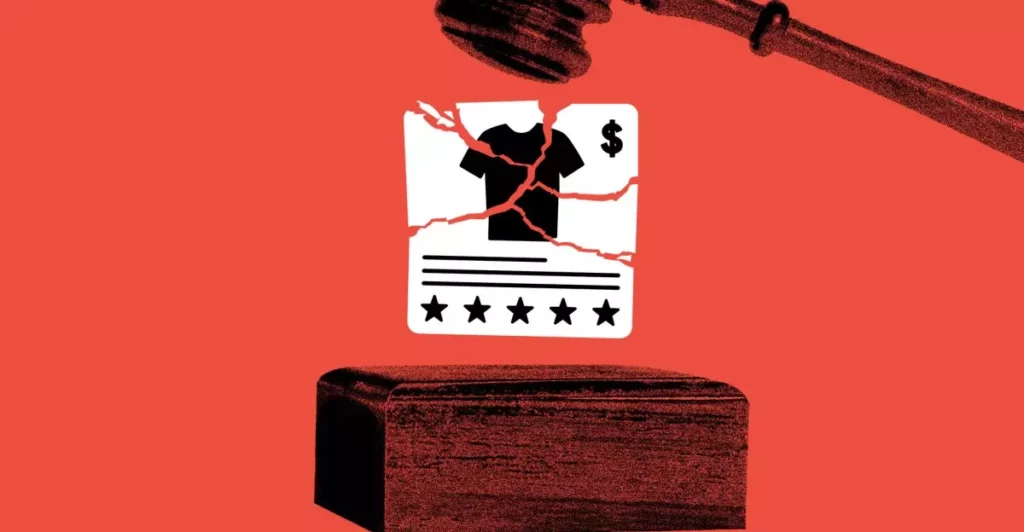Recently, the landscape of social media has been shaken by the platform X, formerly known as Twitter, as it faces mounting scrutiny over its revamped verification system. In a world where authenticity matters more than ever, the transition from a reliable verification process to a subscription-based blue checkmark raises unsettling questions about trust. The high-profile criticisms from EU Commissioner Thierry Breton highlight a troubling trend; has X traded substance for profit at the expense of its users?
The essence of the blue checkmark—once reserved for verified public figures, institutions, and notable experts—has suffered a severe identity crisis. By making the verification process available through a paid subscription, X appears to dilute the meaning that once accompanied this symbol of credibility. This commodification invites malicious actors to exploit the system, leading to an environment where misinformation thrives. The EU’s concerns reflect a broader societal issue: how can we rely on information from a platform that offers credibility as a commodity? The very structure that once fostered trust and ensured accountability is now vulnerable to financial advantage.
The Confusing Communication from X
Adding to the confusion is X’s apparent lack of clarity regarding what the blue checkmark now signifies. The company has tried to delineate its current model from previous standards through vague explainer guides in the app, but this new initiative may only serve to obfuscate rather than clarify. The contradiction in requirements—where users must show recent activity but aren’t evaluated for their authenticity—furthers the dilemma. If anyone can pay for a blue checkmark without undergoing scrutiny, how does the platform ensure that those accounts are truly notable or credible?
This lack of coherent communication is troubling. It indicates not only an operational failure but also highlights a fundamental misunderstanding of what verification should mean in a digital landscape overwhelmed by misinformation. X’s inability to effectively communicate the new verification landscape breeds further suspicion and skepticism among users.
The Defiant Stance of Elon Musk
Elon Musk’s bold and brazen defiance against EU scrutiny reveals a broader philosophy that often prioritizes innovation over regulation. His willingness to challenge traditional frameworks may be admirable to some, but it raises significant concerns about responsible governance. Regulatory bodies like the EU exist for a reason: to protect users and maintain the integrity of information dissemination. Musk’s cavalier attitude towards potential litigation illustrates a disconcerting disregard for accountability.
However, this could backfire. The prospect of fines looms large as the EU navigates the complexities of the Digital Services Act (DSA). Musk’s refusal to adapt his business model to satisfy regulatory expectations invites risks that could undermine both the platform and his personal brand. The risks of defiance include not only financial penalties but a potential loss of user trust—something that is exceedingly difficult to regain once lost.
The Tug-of-War Between Innovation and Responsibility
The delicate dance between innovation and regulation is vividly on display in X’s current situation. Musk’s vision for a reformed digital experience may resonate with users dissatisfied with traditional social media models, yet this vision must reconcile with the responsibilities that accompany creating a credible communication hub. Regrettably, X’s current trajectory seems to prioritize profitability over user trust, raising alarms about the future of responsible communication.
While it is essential for platforms to innovate and cater to evolving user needs, this should never come at the expense of fostering a space conducive to truthful engagement. The EU’s response will inevitably urge X to consider how it portrays itself in the age of heightened scrutiny. The regulatory body has already shown a willingness to act decisively against companies that fail to uphold their commitments to transparency and accountability.
The Quest for Credibility in an Era of Chaos
As the digital landscape continues to disrupt conventional means of information sharing, the clash between X and regulatory entities unfolds a troubling narrative. X must internalize not only the importance of compliance but also the critical necessity of earning user trust. The bygone era in which a blue checkmark represented authenticity seems woefully distant—now, it stands as a symbol of division and potential deceit.
In a chaotic information age, clear communication and operational transparency are paramount for social media platforms. If X does not initiate a genuine overhaul of its verification process and focus on user trust, it risks alienating its user base and becoming just another casualty of a digital landscape rife with distrust and misinformation. The path forward for X is not just about adapting to regulations but fundamentally rethinking the ways credibility is established and maintained in an era where the stakes couldn’t be higher.









Leave a Reply